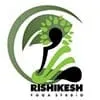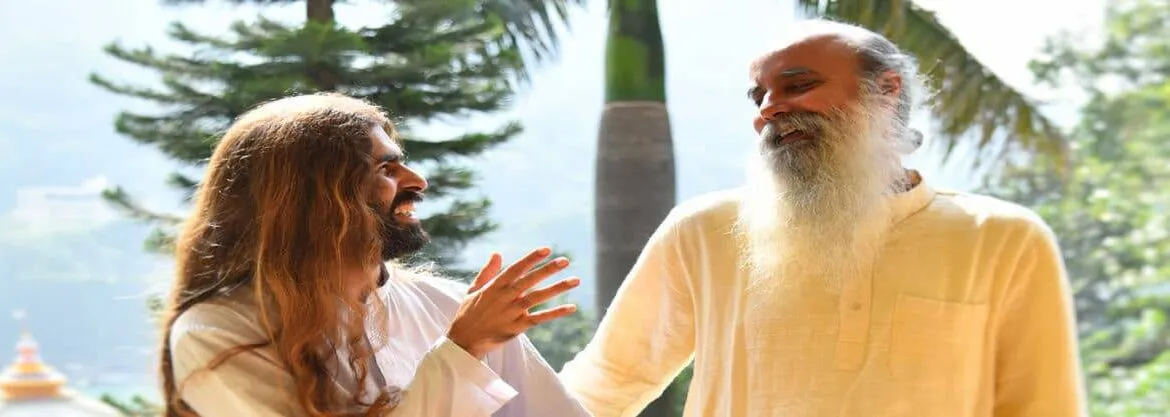Surya Namaskar Or Sun Salutation – Various Steps And Benefits
Bowing to the sun is referred to as Surya Namaskar (Sun Salutation in English). As the source of all life, the sun is regarded as omnipotent. Everything we use or eat contains it. There are several ways in which one might benefit from the power of nature. If one follows these guidelines, one’s physical cycles will be in sync with the sun’s cycles. There are several benefits to completing 200 Hour Yoga Teacher Training in Rishikesh, including mastering this 12-step yoga and reaping all its benefits.
Surya Namaskar is a part of nearly every course at Rishikesh Yoga Studio, but it is especially prominent in the 100 Hour Yoga Teacher Training and 200 Hour Yoga Teacher Training programs. Our sun salutation practice comprises a series of 12 beautiful postures as an expression of appreciation toward the source of energy (the sun) to fine-tune your body systems with nature while allowing yourselves to feel more lively and revitalised. Top Yoga Schools in Rishikesh like Rishikesh Yoga Studio include this effective asana in almost everyday schedule.
Explore The 12 Asanas Of Surya Namaskar
Who needs morning coffee when you are at Rishikesh, the capital of yoga in India, in the midst of beautiful valleys, majestic mountains and the flowing Ganga, and when you can start your day off right with a few rounds of Surya namaskar on the mat.
Here are the 12 asanas that make up the practice of Surya Namaskar, which aims to rejuvenate your body and mind.
Pranamasana
Begin by finding a quiet place to practise yoga. With feet together, stand at the mat’s edge, ensuring that the bodyweight is evenly distributed between the two. Deep breathing and a slackened shoulder posture can help you de-stress your body. Lift your hands and place them in front of your chest, palms together in the prayer position, thumbs forming a 90-degree angle with the fingers. Standing straight is the most important part of this exercise. This pose activates the Anahata chakra.
Hasta Uttanasana
Also referred to as the “Raised Arms Pose,” it is a common yoga pose. Lift your arms in the prayer pose over your head in such a way that the biceps are near your ears. Lean backwards with your arms still over your head, creating an arch with your complete body after stretching it up from the heels. Make sure you’re also bending backwards and stretching your fingers. Abdominal stretch and upper-body energising are the goals of this asana.
Hasta Padasana
Hasta Uttanasana is followed by this asana. It aids in digestion and strengthens the gastrointestinal organs, particularly the liver, kidneys, and endocrine system. Breathe out while bending from the waist with your hands above your head. Hands should be on the floor and face near the knees when bending.
In this yoga pose, the calf and the thigh muscles are stretched out. Additionally, it improves blood flow to the brain.
Ashwa Sanchalanasana
While taking a deep breath, push the right leg as far as you can in a position where the right knee is bent and the right heel is supporting your weight. The palms of the hands should be facing the ground and the left knee should be bent and kept between the hands. Chest up and back straight, face pointing toward heaven. It is strongly recommended that you focus on the centre of your eyebrows.
Parvatasana
Place your left leg next to the right without shifting your hands, and exhale as you complete Ashwa Sachalanasana. As you elevate your body, and lower your head in a mountain-like shape or a triangle, you’ll feel a surge of energy. Try to keep the heel as flat as possible and focus on your neck.
This asana is good for the calves and Achilles’ tendons, and it also strengthens the arms and legs.
Ashtanga Namaskara
Ashtanga Namaskara, or the eight-limb salutation, strengthens the arms and chest by increasing blood flow. As you exhale after Parvatasana, slowly lower your body until your chest and chin are nearly touching the floor. Raise your hips slightly. If possible, the hands, feet, knees, chest, and chin should all face the floor (eight parts of the body).
Bhujangasana
Slowly raise your chest while you lean forward a little and raise your face a little. While inhaling, try to push your body forward while lowering your hip so your spine arch and your head are pointing toward the sky. Toes should be pointed and stretched out as far as possible. The knees and lower abdomen should not touch the floor.
Patients with asthma, indigestion, renal or liver disease can benefit from this yoga pose. It also helps to alleviate any stress you may be feeling.
Parvatasana
When you exhale, your hips and tailbone should rise and your chest should be lowered into an “inverted V” (/) position. As you gradually elevate your tailbone and deepen the stretch, aim to maintain your heels firmly planted on the floor.
Ashwa Sanchalanasana
Place the left leg in between your hands this time instead of the right.
Hasta Padasana
Return to Hasta Padasana by exhaling and bringing the right foot next to the left without moving the hands.
Hasta Uttanasana
In order to return to hasta uttanasana, lift your arms and raise your body while bending backwards while inhaling.
Pranamasana
Straighten your body and bring your hands back to the prayer position by bending your knees.
Surya Namaskar Benefits – Yoga In Rishikesh
Surya namaskar is a great yoga routine for getting into your body and aligning your mind.
- Muscle groups and chakras are targeted in order to keep your muscles toned and flexible
- Hormonal equilibrium is achieved through intense cardio workouts.
- Enhances digestion and aids in the loss of weight.
- By altering respiratory patterns, it boosts energy and alertness.
- Your skin’s radiance will be enhanced as a result of the increased blood flow.
Conclusion
Discover the various Surya Namaskar benefits, one of the most revered and popular forms of yoga, from 200 Hour Yoga teacher training and 100 hour Yoga teacher training at Rishikesh Yoga Studio. Revitalise your entire being, including your bodily as well as your spiritual well with this amazing practice that we Indians refer to as the king of Yoga in Rishikesh.

